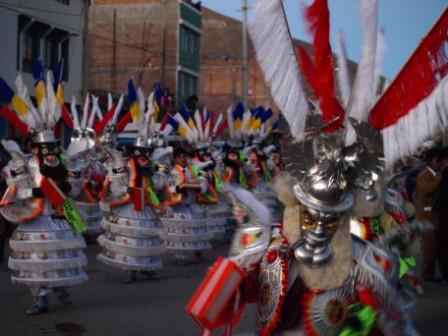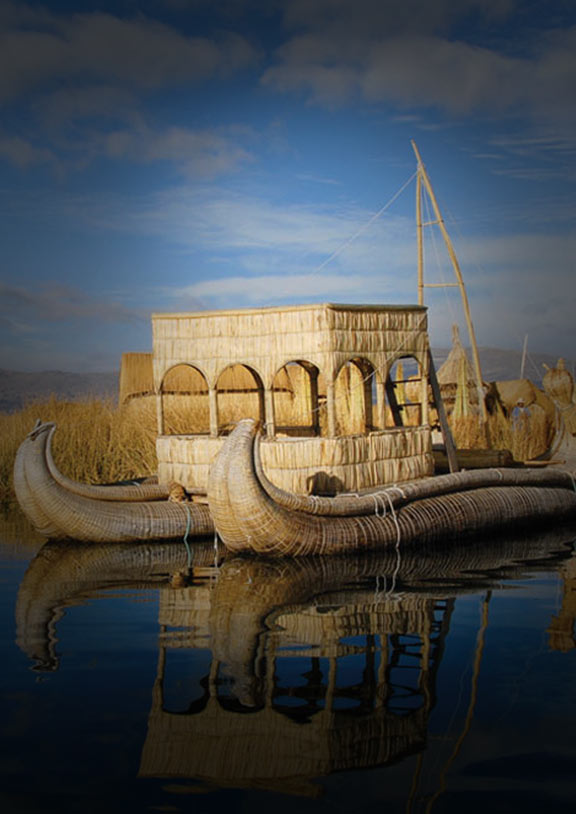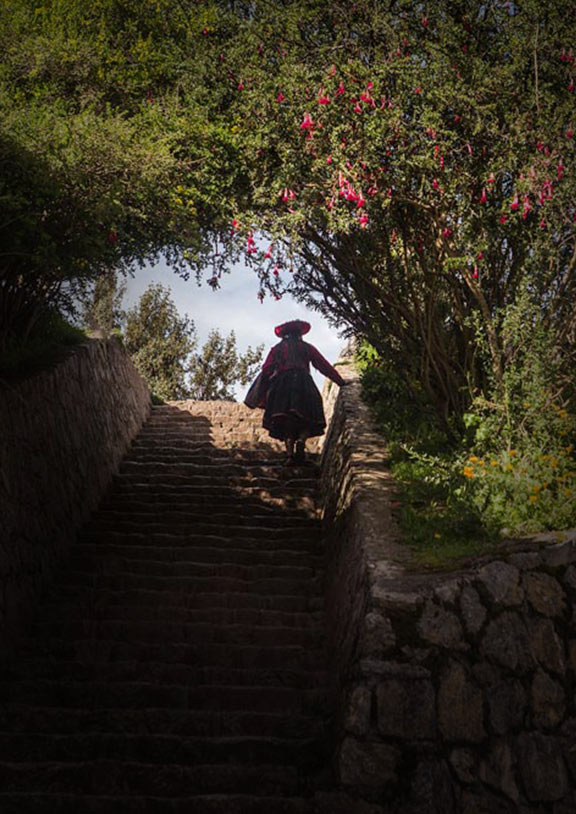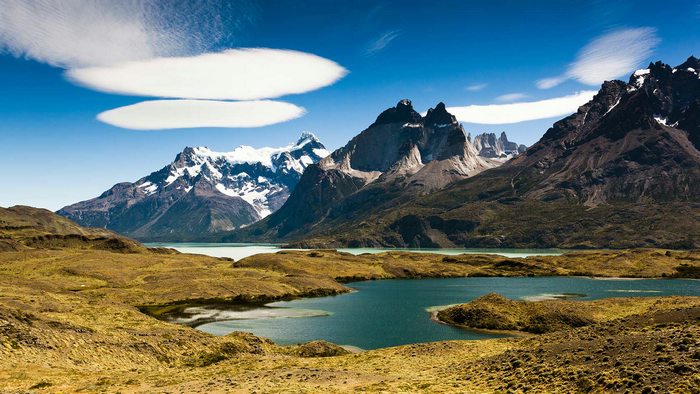Following all the discussion generated by our recent interview with a Peru travel guide author, we’ve decided to go one step further and kick off a mini series of interviews with the Latin America travel experts.

Frommers South America travel guide. Image from Frommers.com
This time, we’re with Neil Schlecht, who in addition to being co-author of Frommer’s vast South America guide, is the author of Frommer’s Peru and the author and photographer of Buenos Aires Day By Day.
LAFL: Is there anywhere in particular that sticks in your memory during your time researching the South America guide?
Neil Schlecht: There are so many places and so many memorable moments; it’s a huge and wildly colorful and fascinating continent, with an overload of spectacular places to experience. Over 25 years I’ve had the great fortune to travel extensively across Latin America: from Mexico to Cuba and the Caribbean coast of Colombia all the way down to Patagonia and back up to the northeast coast of Brazil.
Off the top of my head, two recent experiences stick in my mind: hiking to the top of the hill on tiny, privately owned Isla Suasi in the middle of Lake Titicaca, experiencing a surreal and mesmerizing sunset stretching out over the sea-like lake; and driving hours over one of the bumpiest dirt roads I’ve every driven, white-knuckled, through stunning high-desert topography to at last arrive at a gorgeous winery in Argentina’s northern Calchaqui Valley, beyond Salta, and have a memorable birthday lunch with Argentine friends.
But a couple of glasses of Argentine malbec today would provoke a half-dozen more memories, I’m sure.
LAFL: How would you describe the Latin American character? Is there such a thing? How about its variations and vagaries as you travel across the continent?
NS: It’s tempting, but dangerous to generalize, and I’m not sure how you delve into such a question without writing a dissertation (that would be ultimately picked apart by everyone who read it!).
Even the Spanish spoken across South America has myriad country-by-country nuances and presents plenty of opportunities to trip up even fluent speakers. And then you get to Brazil and realize that not only is the language wholly different, of course, but Brazilians are very, very different people from most of their Latin brethren; I learned that the first time I arrived in Rio in the midst of carnaval and flipped on the TV — which is not an exercise for prudes.
I’d prefer to leave a question like that to Latin Americans themselves to answer, but if I can say anything about commonalities, it would be the Latin welcoming spirit and cheerful, almost playful disregard of rules and strict adherence to things like deadlines and expectations that restrict so many of us in northern countries. Of course, like any nation or people, there are complicated aspects to character, too, and one need only look at Latin America’s troubled political past for an indication of that.
LAFL: This is a continent famed for its fiestas. Are there any that stick in your memory as being well worth a visit during a vacation?
NS: Oh, boy. I have to say I’m particularly fond of Brazil’s ability to oil its collective hips and throw a dance party in the middle of the street. I’ve probably never had a better time in my life than living and breathing carnaval in a rented house in Olinda with 3 dozen Brazilians, all of us catching catnaps on mattresses on the floor and spending every other waking moment dancing in the streets and drinking cachaça in 42-degree heat.
Every country in Latin America has its own unique, amazingly vibrant and photogenic fiestas. I’m particularly fond of the deeply rooted indigenous folkloric festivals in Peru and Bolivia. The diablada (masked demon dance) during La Candelaria in Puno, on the shores of Titicaca, and the surreally costumed celebrations of La Virgen del Carmen, in Paucartambo, a remote village in the highlands beyond Cusco, are true revelations.
LAFL: Can you recommend a journey for someone with just two weeks to spare?
NS: My immediate counsel is always not to try to do too much. It’s a temptation to see as much as one can in a limited time span — it’s certainly how I started traveling myself as a college bum — but often you see and experience so much more by slowing down and taking in the detail of one country (or less, a particular region!).
I’d concentrate regionally. Quito and the Galapagos plus a rainforest excursion in Ecuador. Cusco, the Sacred Valley of the Incas, Machu Picchu, a bit of trekking and Lake Titicaca in Peru. Buenos Aires, the wine country of Mendoza plus Bariloche and a quick taste of Patagonia.
The immense territory and terrain of South America makes it tough (although the good thing is that it practically demands you return again and again). If you’re certain this is your one and only shot at South America and you have no choice but to zip from country to country by plane, I guess I’d pick out three absolute highlights: Rio de Janeiro and its coast (such as the gorgeous colonial town of Parati); Cusco and its incredible Inca ruins and culture; and perhaps a detour to the Peruvian Amazon.
Talk to three people who know South America well, and I’m sure you’d get three different recommendations. But that’s what makes discovering places for oneself so great.
Plan your own Latin America tour. Call to chat with one of out expert travel advisors!

Latin America for Less is a group of travel experts who live, work, eat, and breathe all things South America. Their inspiration stems from a deep appreciation for the beauty and diversity that make this continent so special.







Online Hotel Booking
October 13, 2009 at 8:49 am
I think i will buy the guide book as soon i would be travelling to South America. Thanks for this information anyways.